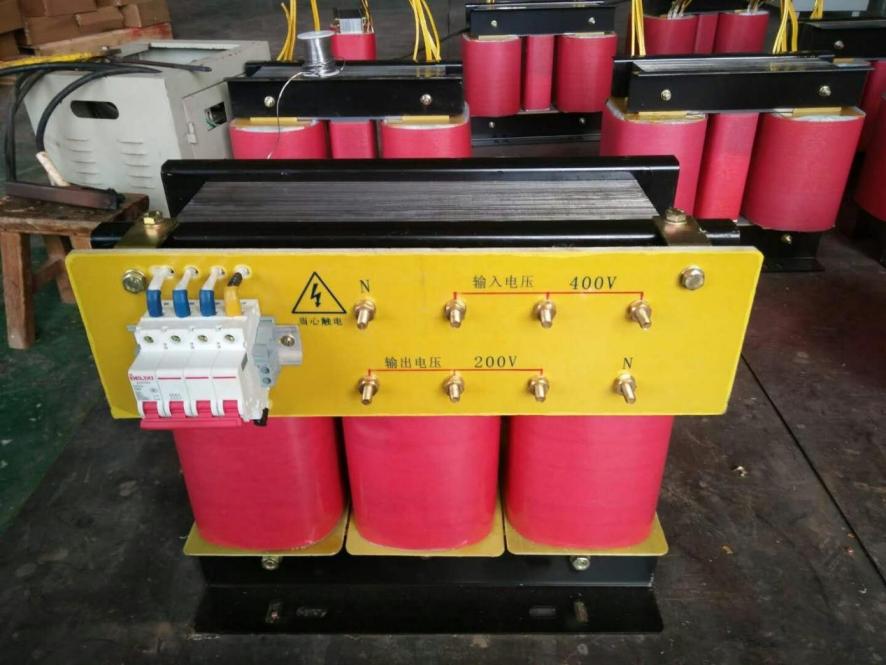Transformers are the silent workhorses of electrical systems, facilitating the safe and efficient distribution of power. From powering homes to driving industries, transformers play a crucial role in our daily lives. However, like any other equipment, transformers require regular maintenance to ensure optimal performance and longevity.
Overview
1. Overview of Transformers in Electrical Systems
Transformers serve the vital function of stepping up or stepping down voltage levels to facilitate efficient power transmission and distribution. They are omnipresent in electrical substations, factories, commercial buildings, and even residential areas. Without transformers, the delivery of electricity from power plants to end-users would be impractical and inefficient.
2. Importance of Regular Maintenance for Transformers
Regular maintenance is essential to keep transformers operating at peak efficiency and reliability. Neglecting maintenance can lead to a host of issues, including decreased performance, increased energy consumption, and even catastrophic failures. By implementing a proactive maintenance schedule, operators can detect and address potential problems before they escalate, thus minimizing downtime and costly repairs.
3. Common Issues Faced Without Proper Maintenance
- Insulation Degradation:Over time, insulation materials within transformers degrade due to factors such as heat, moisture, and electrical stress. This degradation can lead to short circuits, reduced efficiency, and ultimately, transformer failure.
- Corrosion and Contamination:External factors such as moisture, dust, and chemical pollutants can cause corrosion and contamination of transformer components, leading to insulation breakdown and mechanical failures.
- Overheating: Inadequate cooling or blocked ventilation can cause transformers to overheat, resulting in accelerated aging of insulation materials and diminished performance.
Transformer Inspection Procedures
1. Pre-Inspection Preparations and Safety Measures
Before conducting any inspection, it is crucial to follow proper safety protocols to prevent accidents and ensure the well-being of personnel. This includes de-energizing the transformer, wearing appropriate personal protective equipment (PPE), and securing the work area.
2. Visual Inspection Guidelines
- Signs of Wear:Inspectors should look for signs of physical wear and tear, such as cracks, corrosion, or loose connections, which can indicate potential issues with transformer components.
- Leaks:Check for any oil or coolant leaks, as they may indicate a breach in the transformer’s insulation or cooling system.
- Damage Assessment: Assess the overall condition of the transformer enclosure, bushings, and other external components for any visible damage that may affect performance or safety.
3. Electrical Testing Methods
- Insulation Resistance:Measure the insulation resistance of transformer windings to detect any deterioration in insulation materials, which can lead to short circuits or ground faults.
- Power Factor Testing: Evaluate the power factor of the transformer to assess the efficiency of its insulation system and identify any capacitive or inductive loads.
- Turns Ratio Test:Verify the turns ratio of the transformer to ensure proper voltage regulation and distribution.
Transformer Overhaul: When and How to Do It
1. Signs Indicating the Need for a Transformer Overhaul
- Increased Operating Temperatures:Excessive heat generation indicates potential insulation degradation or cooling system issues, necessitating a thorough inspection.
- Oil Contamination:The presence of contaminants or abnormal oil characteristics may indicate internal faults or insulation breakdown.
- Age and Usage: Transformers nearing the end of their design life or those subjected to heavy usage may require an overhaul to address wear and tear.

2. Step-by-Step Process of Transformer Overhaul
- Pre-Overhaul Assessment: Conduct a comprehensive inspection, including visual assessment, electrical testing, and oil analysis, to identify underlying issues.
- De-Energization and Dismantling:Safely de-energize the transformer and dismantle it according to manufacturer guidelines, taking care to document the process and preserve components for inspection.
- Component Inspection and Replacement:Inspect all components for signs of wear, damage, or deterioration, replacing any faulty parts as necessary.
- Cleaning and Refurbishment:Thoroughly clean and refurbish components, including windings, core, bushings, and cooling systems, to restore optimal performance.
- Reassembly and Testing:Reassemble the transformer, ensuring proper alignment and torque settings, and conduct comprehensive testing to verify performance and safety.
- Commissioning and Monitoring:Reintegrate the overhauled transformer into the system, monitoring its operation closely to detect any abnormalities or issues.
3. Best Practices for Minimizing Downtime During Overhaul
- Proper Planning and Scheduling: Plan the overhaul during periods of low demand to minimize disruption to operations.
- Utilization of Spare Transformers:Deploy spare transformers or temporary backup solutions to maintain continuity of service during the overhaul process.
- Efficient Execution:Ensure efficient execution of the overhaul process through proper resource allocation, coordination, and adherence to timelines.
- Continuous Communication:Maintain open communication with stakeholders, including customers, operators, and maintenance teams, to manage expectations and address concerns effectively.
Transformer Retrofitting: Enhancing Performance and Safety
1. Introduction to Transformer Retrofitting and Its Benefits
Transformer retrofitting involves upgrading or modifying existing transformers to improve their performance, efficiency, and safety. This proactive approach helps extend the lifespan of transformers and adapt them to evolving operational requirements.
2. Common Retrofitting Options
- Cooling Upgrades:Installation of advanced cooling systems, such as forced air or liquid cooling, to enhance heat dissipation and prevent overheating.
- Insulation Enhancements:Replacement or enhancement of insulation materials to improve dielectric strength and withstand higher operating temperatures.
- Monitoring Systems: Integration of advanced monitoring and diagnostic systems, such as online DGA monitors or temperature sensors, to enable real-time condition monitoring and predictive maintenance.

3. Case Studies Showcasing Successful Transformer Retrofit Projects
- Implementation of Forced Air Cooling:A case study highlighting the retrofitting of an aging transformer with a forced air cooling system, resulting in improved thermal performance and extended lifespan.
- Insulation Upgrade for Increased Reliability:A retrofit project focusing on the replacement of outdated insulation materials with modern, high-performance alternatives, leading to enhanced insulation strength and reliability.
- Integration of Online Monitoring System:An example demonstrating the retrofitting of transformers with online monitoring systems, enabling proactive fault detection and preventive maintenance measures.
Predictive Maintenance Techniques for Transformers
1. Overview of Predictive Maintenance and Its Advantages over Reactive Maintenance
Predictive maintenance involves the use of advanced diagnostic techniques to monitor the condition of transformers and predict potential failures before they occur. Unlike reactive maintenance, which addresses issues after they arise, predictive maintenance helps minimize downtime, reduce maintenance costs, and extend the lifespan of transformers.
2. Various Predictive Maintenance Techniques Applicable to Transformers
- Thermography: Utilization of infrared thermography to detect hot spots or abnormal temperature gradients within transformers, indicating potential faults such as loose connections or insulation degradation.
- Partial Discharge Monitoring: Continuous monitoring of partial discharge activity within transformers to identify insulation weaknesses or impending failures.
- Vibration Analysis:Analysis of vibration patterns to detect mechanical issues such as loose windings or faulty bearings, which can lead to premature failure if left unaddressed.
3. Implementing a Predictive Maintenance Program for Transformers: Challenges and Best Practices
- Data Collection and Analysis:Establish robust data collection processes and utilize advanced analytics tools to interpret diagnostic data accurately.
- Integration with Maintenance Workflow: Integrate predictive maintenance activities seamlessly into existing maintenance workflows, ensuring timely action and follow-up.
- Training and Skills Development:Provide training and resources to maintenance personnel to enhance their proficiency in predictive maintenance techniques and data interpretation.
- Continuous Improvement:Regularly review and refine predictive maintenance strategies based on feedback, performance metrics, and technological advancements.

Conclusion
Regular maintenance is the cornerstone of effective transformer management, ensuring optimal performance, reliability, and safety. By following proper inspection procedures and leveraging diagnostic tools such as oil analysis, operators can identify potential issues early and take proactive measures to extend the lifespan of transformers. As a leading provider of transformer services, Shinenergy is committed to helping customers maximize the performance and longevity of their assets through comprehensive maintenance solutions.
By adhering to a proactive maintenance regime and leveraging diagnostic tools such as oil analysis, operators can ensure the continued reliability and longevity of their transformers. With Shinenergy’s expertise and commitment to excellence, customers can trust that their transformer assets are in capable hands.

